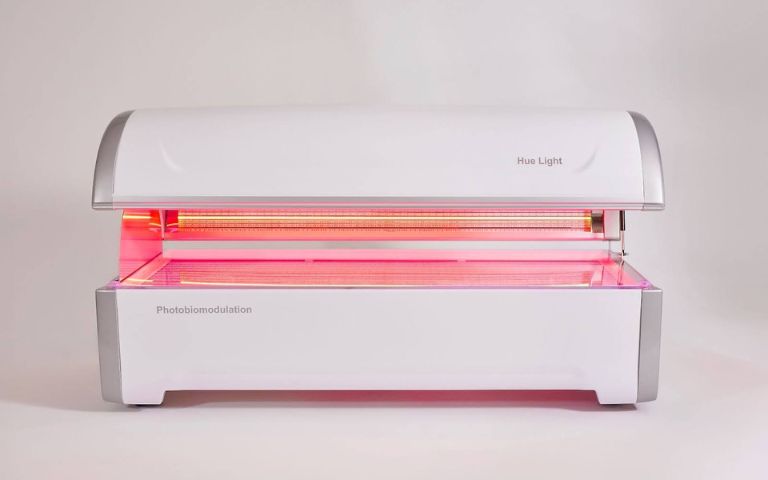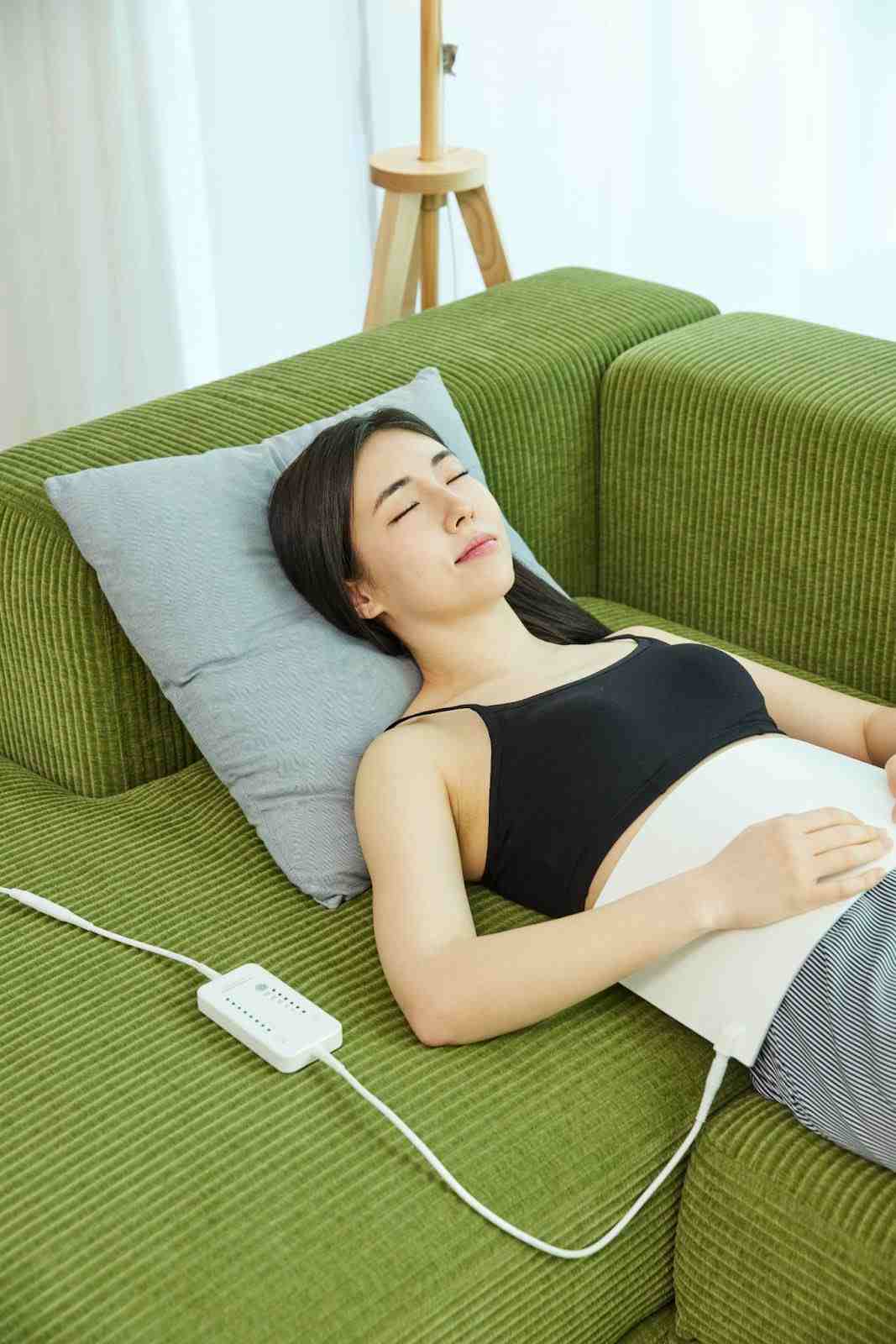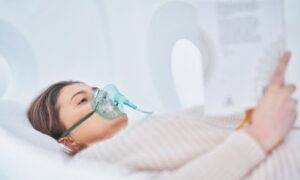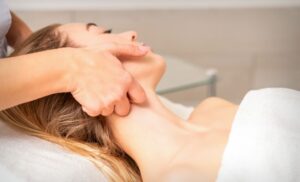Cancer treatment is a tough journey, not only because of the disease itself but also due to the exhausting side effects of chemotherapy, radiation therapy, and surgical procedures. More than 80% of people with cancer experience fatigue while undergoing chemotherapy or radiation, and many also suffer from oral mucositis, nerve pain, inflammation, and immune suppression. These complications can significantly impact a cancer patient’s quality of life. In recent years, many patients and healthcare providers have been exploring complementary treatments to improve overall well-being and enhance recovery.
One such innovative approach gaining serious attention is photobiomodulation therapy (PBMT), commonly known as red light therapy (RLT). Supported by increasing clinical studies and systematic reviews, this non-invasive treatment is showing promising benefits in reducing treatment-related side effects, supporting tissue repair, and improving cellular function without adding further strain to the body. As a result, PBMT is becoming an important part of cancer care, helping patients manage discomfort and enhance their healing journey.
Let’s explore what the science says and how it’s quietly transforming supportive cancer care.
Can Light Therapy Ease the Side Effects of Cancer Treatment?
For many cancer patients, the real battle begins after treatment starts. Chemotherapy, radiation therapy, and surgery often bring severe side effects such as pain, inflammation, oral mucositis, lymphedema, and extreme fatigue, all of which can drastically reduce quality of life.
Photobiomodulation (PBM), commonly known as red light therapy, is gaining attention as a non-drug, non-invasive approach to alleviating these side effects.
But the core question remains:
- Is red light therapy really safe for cancer patients?
- Is red light therapy good for cancer patients?
Benefits of Red Light Therapy for Cancer Patients
1. Oral Mucositis Relief
Red Light Therapy (RLT) is recommended by the Multinational Association of Supportive Care in Cancer (MASCC) for the prevention and treatment of oral mucositis, a painful inflammation and ulceration of the mouth and throat caused by chemotherapy and radiation. By reducing inflammation and stimulating tissue repair, RLT helps patients manage discomfort, improve oral health, and enhance their ability to eat and speak during treatment.
2. Pain Management
RLT has shown promising results in managing chronic pain, including chemotherapy-induced peripheral neuropathy (CIPN)—a condition that causes nerve pain, tingling, and numbness in the hands and feet. The therapy works by reducing inflammation, improving blood circulation, and stimulating the release of endorphins, which act as natural painkillers. This can provide significant relief and improve a patient’s overall quality of life.
3. Radiation Dermatitis Healing
Radiation dermatitis, a painful skin irritation and inflammation caused by radiation therapy, is a common side effect for cancer patients. Studies have found that RLT can help accelerate skin healing, reduce redness and swelling, and relieve pain. By supporting cellular repair, the therapy enhances skin recovery and makes ongoing cancer treatments more tolerable.
4. Faster Wound Healing
For cancer patients undergoing surgery or other invasive treatments, RLT can promote faster healing of surgical wounds and tissue damage. By increasing blood flow, boosting collagen production, and stimulating cellular regeneration, the therapy helps wounds close more quickly while minimizing the risk of infection and complications.
5. Reducing Cancer-Related Fatigue
Cancer patients often struggle with severe fatigue during and after treatment, which can affect daily activities and emotional well-being. RLT enhances cellular energy production by improving mitochondrial function, which may help reduce fatigue, improve sleep quality, and restore energy levels—allowing patients to better manage their recovery process.
6. Managing Lymphedema
Some cancer patients, especially those who undergo surgery involving lymph node removal, may develop lymphedema, a condition characterized by swelling and discomfort due to fluid buildup. Research suggests that RLT may help reduce swelling, improve lymphatic drainage, and ease discomfort, supporting better mobility and overall comfort.
PBM Is a Safe and Effective Supportive Therapy — UNICAMP Systematic Review (2019)
In 2019, researchers from the University of Campinas (UNICAMP), Brazil, published a systematic review summarizing clinical PBM applications for cancer patients. The study analyzed 27 peer-reviewed papers and concluded:
- PBM effectively prevents or alleviates side effects such as oral mucositis, radiation dermatitis, lymphedema, and peripheral neuropathy.
- No consistent evidence showed stimulation of tumor growth, metastasis, or recurrence.
“PBMT appears to be safe for preventing and/or treating complications associated with cancer treatment.”
— Tumor Safety and Side Effects of Photobiomodulation Therapy, UNICAMP, 2019
WALT’s 2022 Official Statement: “Safe When Used with Proper Parameters”
In 2022, the World Association for Photobiomodulation Therapy (WALT) issued an official position statement on PBM use in cancer care. Key points include:
- PBM can be safely used in cancer patients if proper parameters (wavelength, intensity, treatment time) are followed.
- There is no clinical evidence that PBM stimulates tumor growth under proper conditions.
- PBM is effective in managing treatment-related side effects such as mucositis, dermatitis, lymphedema, and neuropathy.
“There is currently no clinical evidence that PBM stimulates tumor growth when proper treatment parameters are followed.”
— WALT Position Statement on PBM in Cancer Side Effect Management, 2022
PBM Can Address These Common Side Effects of Cancer Treatment
While cancer treatments are often effective, they can be harsh on the body. Chemotherapy, radiation, and surgery frequently result in extreme fatigue, oral ulcers, nerve pain, and compromised immunity. PBM is increasingly being studied for its ability to support patients through these challenges.
Chronic Fatigue That Rest Can’t Cure — Can PBM Help?
Many patients report a type of fatigue that doesn’t improve with sleep. Known as Cancer-Related Fatigue (CRF), this condition has been linked to mitochondrial dysfunction and impaired ATP production.
PBM works by stimulating cytochrome c oxidase in the mitochondria, enhancing ATP production—an effect demonstrated in numerous physiological studies.
Related Article: Alternative Treatments for Chronic Fatigue Syndrome
Is It Effective in Real Cancer Patients?
Yes, in 2022, a meta-analysis of 13 randomized controlled trials involving 551 cancer patients examined the effectiveness of light therapy, including PBM, on cancer-related fatigue. Results were promising:
- Fatigue was significantly reduced in the light therapy group.
- Effect size (SMD): 0.45 — indicating moderate clinical benefit.
- p-value: 0.007 — suggesting high statistical significance.
Some studies also noted improved sleep quality and mood, suggesting broader recovery benefits.
How Does PBM Help with Fatigue Recovery?
| Mechanism | Effect |
| ATP Production | Boosts cellular energy, accelerating recovery |
| Improved Mitochondrial Function | Reduces oxidative stress and enhances cell repair |
| Anti-inflammatory | Modulates cytokines linked to chronic fatigue |
| Sleep and Mood Support | Promotes overall recovery |
Oral Mucositis: When Eating and Speaking Hurt
After chemotherapy, many patients experience painful ulcers and sores in the mouth. This can lead to difficulty eating, weight loss, and immune suppression. PBM reduces inflammation and stimulates tissue regeneration, helping to alleviate mucositis symptoms.
- Decreased mucositis incidence
- Pain relief
- Reduced need for opioids
— Read more: University at Buffalo News (2019)
Radiation-Induced Skin and Mucosal Damage
Radiation therapy often causes peeling, redness, and pain, also known as radiation dermatitis. Simple moisturizers often fail to provide sufficient relief.
PBM has been shown to reduce inflammation, improve tissue healing, and relieve symptoms of radiation-induced skin and mucosal damage. Bensadoun RJ et al. (2020). High-Energy Center, France
— PubMed Link
Neuropathic Pain After Treatment — How PBM Works
Chemotherapy and radiation can lead to chemotherapy-induced peripheral neuropathy (CIPN) and other chronic pain syndromes. These are often resistant to traditional painkillers.
PBM reduces inflammatory mediators, offers neuroprotection, and modulates pain signaling, presenting a unique mechanism of action.
Lodewijckx et al. (2022). NEUROLASER Trial. Supportive Care in Cancer
Safety Considerations and Precautions for Red Light Therapy in Cancer Care
1. Potential Risks with Malignant Cells
Because RLT stimulates cellular activity, there is concern that it could potentially promote the growth of malignant cells. While no conclusive evidence confirms this risk, experts recommend exercising caution and using the therapy only under medical supervision.
2. Avoid Treating Overactive Tumors
The most critical safety rule is to avoid applying RLT directly over or near known tumors. Since the effects of RLT on cancerous cells are not fully understood, avoiding direct exposure minimizes the risk of unintentionally stimulating tumor growth.
3. Medical Supervision Is Essential
Cancer patients should never start RLT without consulting their oncologist. A qualified medical professional can review the patient’s diagnosis, treatment plan, and overall health to ensure RLT is appropriate and safe for their specific situation.
4. Be Cautious with Photosensitizing Medications
Some chemotherapy drugs make the skin more sensitive to light, which can increase the risk of burns or irritation when using RLT. Before starting treatment, patients should review all current medications with their oncologist to avoid potential complications.
5. Consider Underlying Photosensitive Conditions
Patients with medical conditions that increase photosensitivity, such as lupus or porphyria, should avoid RLT altogether, as it may worsen symptoms or cause harmful skin reactions.
6. Use FDA-Cleared Devices Only
For those considering at-home RLT devices, it is essential to choose FDA-cleared products that meet strict safety and performance standards. Unregulated or low-quality devices may cause burns, irritation, or ineffective results, so patients should always seek products recommended by their healthcare providers.
What PBM Devices Are Suitable for Managing Cancer Side Effects?
Cancer treatment side effects often affect the whole body. For systemic symptoms like fatigue and lymphedema, localized devices may fall short.
Hue Light offers clinically grounded PBM devices tailored for both full-body recovery and targeted care.
For Patients Needing Whole-Body Recovery
Whole Body PBM Treatment Device
- 4 wavelengths (530nm, 660nm, 850nm, 940nm) for comprehensive coverage
- Bed-type design ensures uniform light delivery
- Ideal for fatigue, dermatitis, and immune support
- 8-level Nogier frequency settings

Whole Body PBM Wing Panel
- Foldable panel fits clinics, rehab centers, and senior care facilities
- Usable in seated or lying positions
- Compact yet effective for systemic recovery
For Patients Needing Targeted Relief
Breast PBM Irradiator
- Designed for post-surgery lymphedema and pain in breast cancer patients
- Curved design ensures comfortable, even light delivery

Abdomen PBM Irradiator
- Addresses gastrointestinal discomfort after chemotherapy
- Optimized for deep tissue penetration in abdominal regions

Which Device Should You Choose?
| Patient Need | Recommended Device |
| Whole-body fatigue, immune suppression, and lymphedema | Whole-body PBM systems |
| Post-surgical pain, specific localized symptoms | Targeted PBM devices |
Related Article: Photobiomodulation vs Red Light Therapy: What’s the Difference?
Conclusion
Red light therapy is emerging as a safe and scientifically supported option to manage the harsh side effects of cancer treatment. From chemotherapy-induced fatigue to radiation skin damage and nerve pain, photobiomodulation (PBM) offers a non-invasive, drug-free solution rooted in cellular science.
If you’re asking,
- Is red light therapy safe for cancer patients?
- Is red light therapy good for cancer recovery?
The current scientific consensus suggests: Yes, especially as a supportive care option.
For patients and caregivers navigating the difficult path of cancer recovery, PBM can offer real relief without the added burden of more medication.













